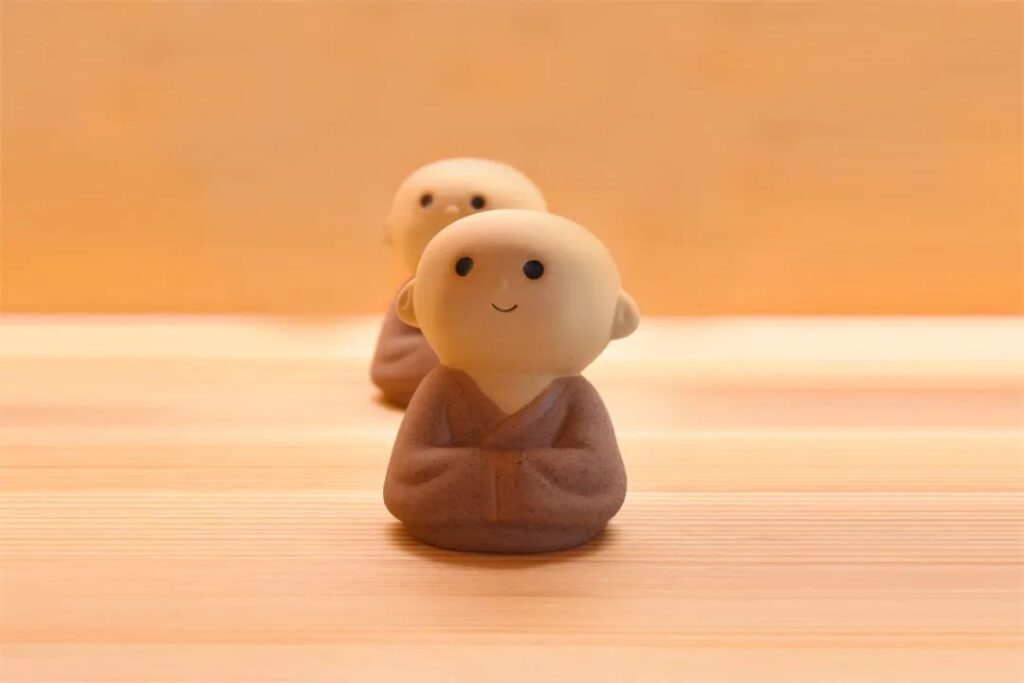For the sake of a beloved cup, one might queue overnight or even fight, such is the case with Starbucks. Upon seeing beautiful tea sets, one cannot help but buy them, even if there’s no more room at home, this is the case with seasoned tea drinkers. But for those of us who are not so seasoned, how should we choose from the vast array of tea sets? A Gaiwan is an essential tool for brewing tea, capable of handling all six major types of tea.
Other tea sets may be optional, but a Gaiwan is a must. The first rule of choosing a Gaiwan is to consider the hands; if you’re afraid of heat, opt for a slightly larger one with a wider rim. Otherwise, once you’ve been scalded twice, you won’t want to use it again. The capacity of the Gaiwan depends on the amount of tea you’re brewing; for 5g or less, a 90ml Gaiwan will suffice; for 8g of tea, a 130ml larger Gaiwan is recommended. Generally speaking, teapots should be small rather than large, and shallow rather than deep. A small, shallow teapot holds less water, preventing the tea from becoming bitter, making it suitable for a few people to enjoy tea together. If there are more guests, a larger teapot should be considered. For beginners looking to buy a Zisha teapot, they can refer to the ‘Three Mountains Aligned’ principle: remove the lid, invert the teapot, and if the spout, mouth, and handle all touch the table, it’s called ‘Three Mountains Aligned,’ indicating a well-crafted teapot. As for whether it’s handmade or semi-handmade, that’s a complex topic and not considered here. Electric kettles are all about safety; choose one with a quality guarantee. Secondly, opt for one with a temperature control function that automatically cuts off power after boiling. Thirdly, the capacity should match your tea usage. Lastly, choose an aesthetically pleasing one. When selecting a Fair Cup, there are two criteria. First, for those with sensitive hands who are afraid of heat, it’s best to choose one with a handle to prevent burns. Second, for those who enjoy observing the color of the tea, a transparent glass Fair Cup is recommended. A tea tray is a plate for holding teapots and tea cups, generally divided into drain-type and water-holding types. For a small gathering, a water-holding tea tray is suitable; when the water is full, simply pour it out. It’s compact, elegant, and comes in various materials to suit personal preferences. For larger gatherings, a drain-type tea tray is more appropriate, with a plastic tube connected to the drain to facilitate timely drainage into a bucket or other container, eliminating the need for frequent emptying. A tasting cup, as the name suggests, focuses on the appreciation of tea, which is an aesthetic requirement. It should be small, shallow, and white. Small for a delicate savor, shallow to prevent tea from settling at the bottom, and white to highlight the color of the tea. A cup saucer is not necessary for personal tea drinking but is recommended for serving guests, adding a touch of formality. The edge of the saucer should not be too low, making it inconvenient to pick up, and it should not be too smooth, as a wet cup bottom may stick to the saucer. A strainer is essential for those who dislike floating tea leaves in their tea. Choose one made of food-grade stainless steel, and while other visually appealing options are available, ensure the filter holes are not too large. A tea caddy is used to temporarily hold dry tea. From a practical standpoint, it’s not necessary, but from an aesthetic perspective, a visually pleasing one is recommended. It’s suggested to choose a white or light-colored tea caddy to complement the color of the dry tea.When selecting a tea towel, opt for one with good water absorption and a darker color. Light-colored tea towels show significant color changes after absorbing tea soup, which can make them appear mottled and less aesthetically pleasing.
For white and black tea’s compressed forms, using a tea knife to pry open the tea is much more convenient than doing it with bare hands. Avoid choosing a tea knife that is too sharp to prevent injuries. Tea pets are small pets for tea drinkers and small ornaments on the tea table. Their value depends on personal preference. Some people enjoy daily pouring tea soup and wiping them, and for such use, it’s best to choose ones made of purple sand or pottery. If they are purely decorative and not exposed to tea soup, any material will do. Buying tea accessories is a process of trial and error. New tea accessories need to be broken in, and if they don’t work out, new ones need to be matched. It’s also a process of making choices. Some tea accessories are very comfortable to use but not very attractive, while others are visually appealing but not as convenient to use. Experienced tea drinkers have fewer concerns because they have already paid their dues with the dusty tea accessories at home…


